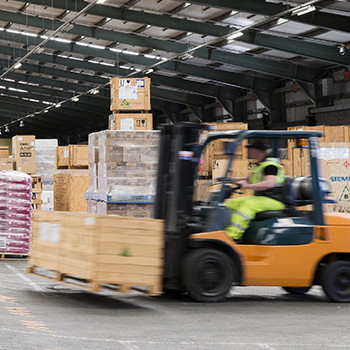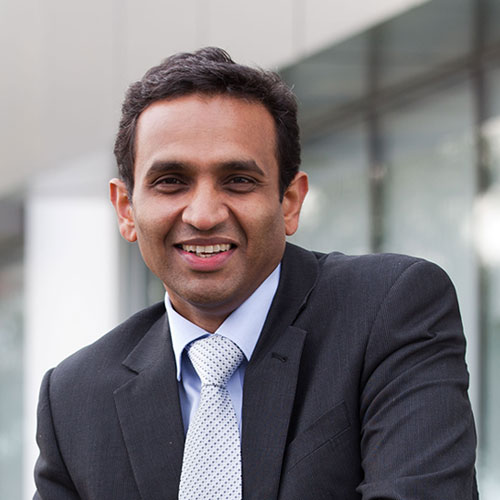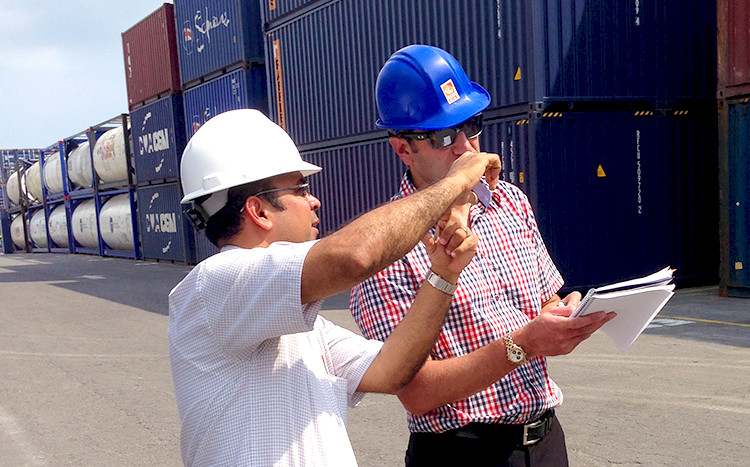While a port with no terminals is hard to envisage, there are opportunities for ports to be innovative by harnessing the power of information technology.
Uber, the world’s largest taxi company, owns no vehicles. Facebook, the world’s most popular media owner, creates no content. Alibaba, the world’s most valuable retailer, has no inventory. And Airbnb, the world’s largest accommodation provider, owns no real estate.
To be competitive, business models are changing across many industries and their supply chains. While a port with no terminals is hard to envisage, there are opportunities for ports to be innovative by harnessing the power of information technology.
An example is the practice of ports creating “virtual” or sub-terminals.
As a port grows and becomes more complex, the ability to manage terminal operations simply by having oversight of the whole operation becomes increasingly difficult.
Using information technology you can create a virtual terminal e.g. in an area of your yard or in a part of a holding warehouse. Implementing these sub-terminals into your port can help you and your systems better categorize, compartmentalize and manage day-to-day operations.
For each sub-terminal, varying pricing models can be applied as well as specific management of each area, while still having complete control and flexibility across the entire terminal. Automated messaging such as EDI can be used to ensure a shipper knows where their cargo is and what services and charges are being applied.
This results in cost savings for your shipping line customers based on what services they are using and the activities required. Rather than having across-the-board pricing for cargo, implementing separate pricing can work as an incentive for businesses.
For example, something stored in the yard might cost more than in the warehouse. This would incentivize importers and exporters against storing long term in the yard as a means of saving themselves money.
The success of the likes of Uber shows how you can use technology to look differently at how to enhance your competitiveness in an industry. Sub-terminals is one small way ports can do it.
Learn more about the Sub-Terminal features of Master Terminal.



 Captain Kaustubh Dalvi, Jade Logistics’ President of Global Sales, looks at changes and challenges facing ports, and explains how technology, people, and processes can prepare the path to automation.
Captain Kaustubh Dalvi, Jade Logistics’ President of Global Sales, looks at changes and challenges facing ports, and explains how technology, people, and processes can prepare the path to automation.